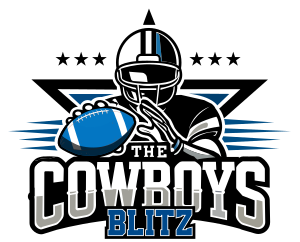Right, Emmit ran 4.55 and was considered slow. If he was bigger, he might be able to get away with it but he’s only listed at 213. A couple of articles floating around are saying it’s really going to limit his pro prospects and they were pretty much high on him as as a college prospect!
40 times matter more for certain positions - which is why the NFL teams measure 40 times. If they didn't matter statistically, then it would be a waste of time to measure them. There are always outliers, but for most positions, these are the minimum 40 times you want to see if you are looking to draft a top NFL prospect:
4.45 - Cornerback (corners need to be faster because they need recovery speed)
4.50 - Wide Receiver (speed and endurance are important)
4.55 - Running Back
4.65 - Linebacker & Safety (both positions play moving forward rather than backward, so speed is not as important, but should be faster than TE's)
4.70 - Tight End
4.75 - Defensive End
5.00 - Quarterback (cognitive speed is more important than physical speed)
5.10 - Offensive Line, Defensive Tackle (strength is more important than speed)
Of course, a faster speed indicates that muscle structure and general athleticism is better suited for the game. Also, NFL teams will draft players with slower times in later rounds, but their NFL prospects are more limited. For example, CB Jourdan Lewis has a 40 time of 4.54, a full 10th of a second slower than the ideal CB, which is why he's a slot corner only, and cannot cover on the outside. He can match up against some slot receivers who are slower, but despite being a top NCAA corner with great instincts, he is simply too slow to be a full-time starting CB in the NFL. That's why 4.35 Anthony Brown and 4.42 Trevon Diggs are the Cowboys starters.
Running backs with times over 4.55 are typically bigger RB's used for goal line situations, or bottom of the roster players. There are some slow RB's who defy the odds, but they are the exception, not the rule. Barry Sanders ran 4.37 in the 40 yard dash.





